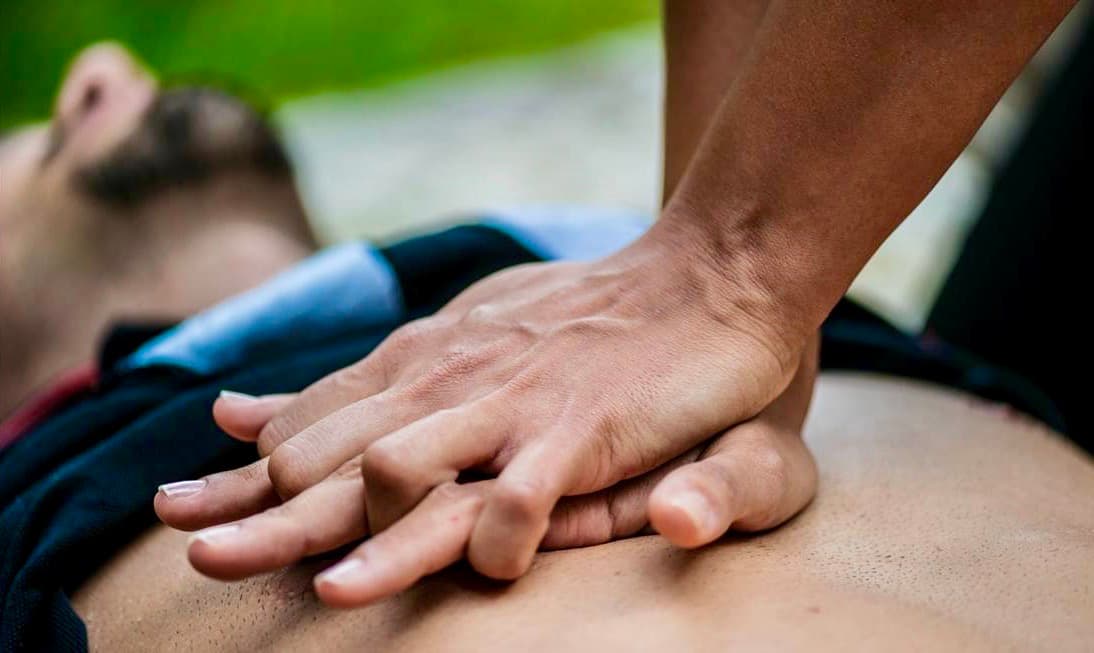Cardiopulmonary Resuscitation - also known as CPR - is a valuable and quite often lifesaving skill to carry. Are you currently up-to-date with the standard practices? Is CPR something you have ever received training in? Is it something you have ever had to use, or even practice?
Those living within Manitoba as a part of the greater hockey community share the significant duty of keeping fellow players, coaches, referees, timekeepers, fans and rink attendants safe while at the countless community clubs within the province. Despite the rarity of injuries sustained at hockey rinks, the outcomes can be quite severe.
Although never expecting to be in a position to have to use an automated external defibrillator - located within each recreation centre - those entering rec facilities should be familiar with the processes involved. Similarly, basic life support training - including CPR - should receive frequent tune-ups/refreshers, much like that of changing the oil on regularly-used vehicles.
According to the official CPR and First Aid online database, nearly 45 percent of out-of-hospital cardiac arrest victims survived when bystander CPR was administered. The majority of out-of-hospital cardiac arrests occur in public settings, with homes/residences and nursing homes making up much of the remainder. To which all community clubs within Canada are required to have a fully-functional AED within the facility.
Despite various safety measures and protocols put in place, injuries do occur within the many hockey arenas across the province, cardiac arrests included. Proper training in the field of lifesaving can truly be the difference between a beating heart and a flatline. For the sake of those around you: friends, family, teammates and opponents, do your part and seek training in this ever-important discipline.
Relevant stats regarding cardiac arrest and the use of CPR:
- Roughly 70 percent of Americans and 60 percent of Canadians are not trained in CPR.
- Less than eight percent of people who suffer cardiac arrest outside the hospital survive.
- Approximately 45 percent of those who receive CPR following cardiac arrest survive.
- Survival falls by 10 to 15 percent for each minute of cardiac arrest without CPR delivery.
- If administered correctly, effective bystander CPR provided immediately after sudden cardiac arrest can double or triple a victim’s chances of survival.












Comments